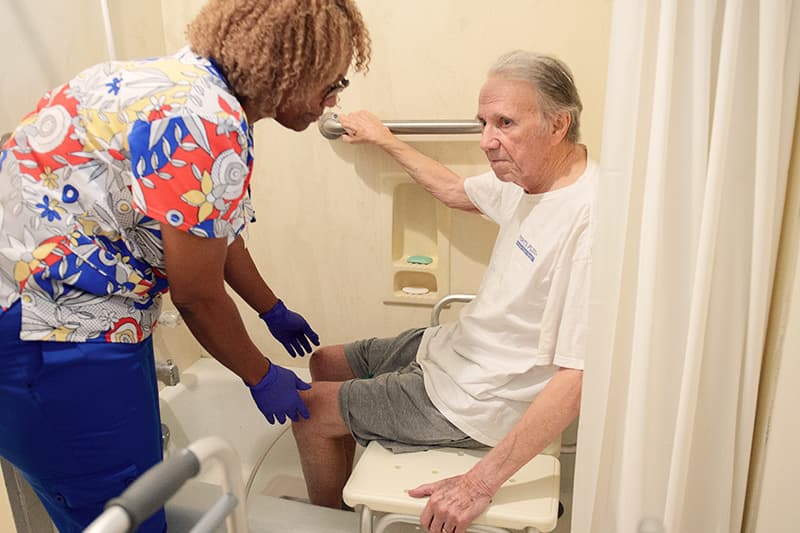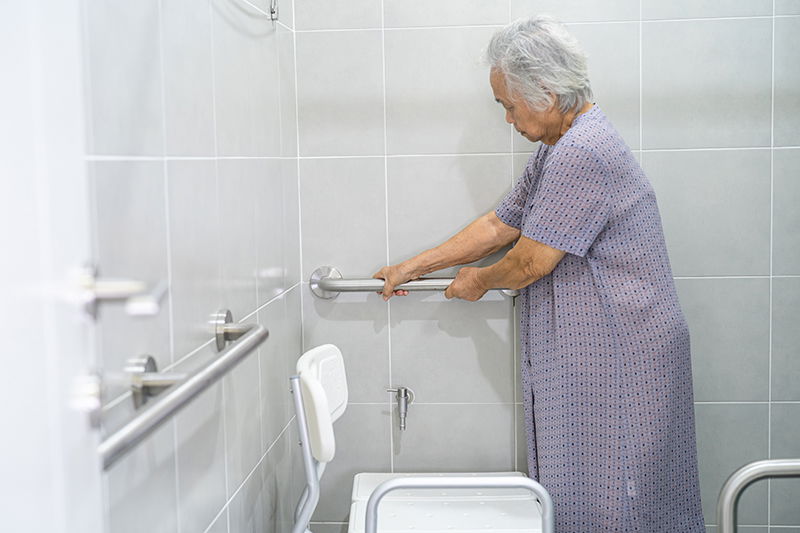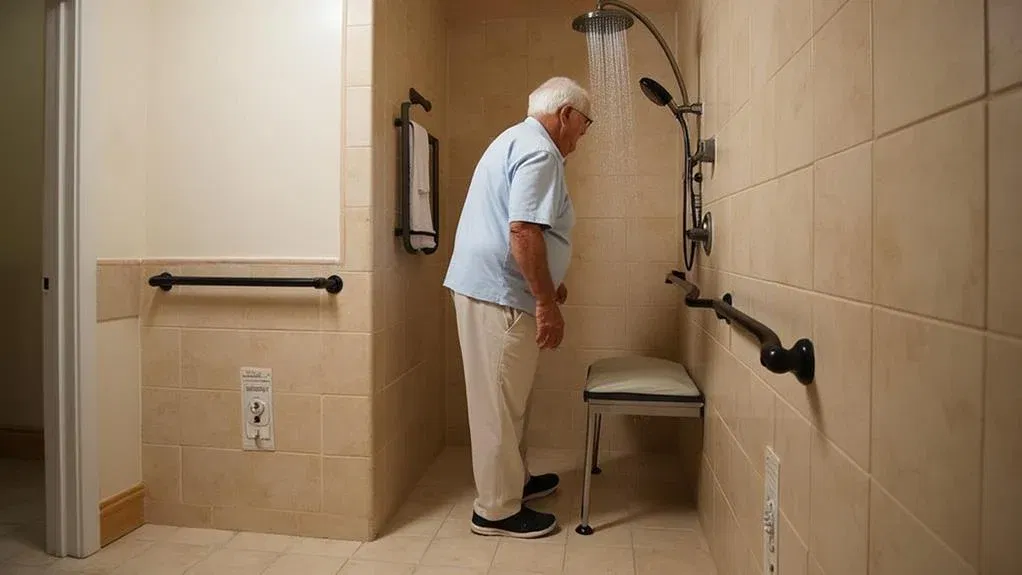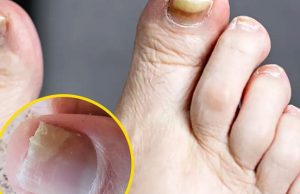
Showering is a daily ritual that we frequently take for granted. However, for older folks, it can become a dangerous condition if proper safeguards are not taken.
One element that sometimes goes overlooked is the time of day you shower. According to experts, timing can be the difference between a safe routine and an unplanned accident.
In this post, we explain the most dangerous time to shower if you’re older and provide practical recommendations for doing so safely.
Risk connected with the morning.

This article discusses how the first few hours of the day, soon after waking up, are particularly harmful for older persons who shower. Causes include:
- When you wake up with low blood pressure, you may feel dizzy.
- Orthostatic hypotension, particularly while transitioning from lying down to standing.
- Increased overall fragility, which raises the chance of falls.
Factors that increase danger
- Blood drainage to the brain during bathing, annoyed by hot water.
- Heat loss when leaving the shower, leading to chills.
- Slippery surfaces without handholds or non-slip mats.
Measures for a safe shower

1. Transform the schedule:
- Select to shower between mid-morning and mid-afternoon, when blood pressure is most stable.
2. Prior preparation:
- Warm up the bathroom before entering.
- Stay well hydrated; drink a glass of water a few minutes beforehand.
- Do simple warm-up exercises (e.g., seated stretches).
3. Adaptation during bathing:
- Maintain the water temperature slightly warm rather than hot.
- Blend non-slip footrests and mats with suction cups .
- Install grab bars near the shower and toilet.
4. Support and supervision:
- Have a companion, if possible, or use an intercom to call for help.
- Carry a personal alert device, such as an emergency button.
5. Safe equipment:
- Apply a folding shower seat if the person has limited mobility.
- Consider accessories such as a thermostatic faucet that prevents unexpected changes in temperature.
Additional safety tips
- Gradual drying: use a towel in steps and dry slowly.
- Appropriate clothing: transition from towel to clothing in a warm space.
- Routine checkups: Regular controlling bl00d pressure, especially when altering position. Examine your feet for dryness or wounds.
- Examine the bathroom periodically: Replace worn fixtures or carpets. Keep adequate lighting to avoid tripping.
- Relaxing breathing techniques, which help balance heart rate and blood pressure.
- Have an emergency plan, such as a procedure for responding to a unexpected fall or dizziness.

















